Tarot Cards: Fact or Fiction?
The image of the gypsy fortune teller or the crazy psychic slowly flipping tarot cards in dim lighting with slightly ominous music is one that is easy to recognize. In fact, the imagery of these future-telling cards is all over the place. It’s in movies and shows and books. However, few people know that these tarot cards are not only real but very widely used.
Tarot is a practice that’s been around since the mid-fifteenth century. First known as trionfi (later as tarocchi or tarock), these decks of playing cards were common all over Europe. They likely originated somewhere in Egypt. It wasn’t until the eighteenth century that the cards were used in association with divination (essentially, the art of telling the future, although its a little more complicated than that).
The average tarot deck is comprised of seventy-eight cards. These cards are split into two main categories: the Major Arcana and the Minor Arcana.
The Minor Arcana has four of its own sections: Wands (or Rods), Swords, Cups, and Coins (or Discs or Pentacles). These sections each represent a different element and have concepts associated with those elements. Wands are associated with fire (action, passion, etc), coins with earth (growth, money), cups with water (relationships and imagination, etc), and swords with air (truth, worry, fairness, etc).
Each of these sections have 14 cards. Ten of them are numbered like an average deck of cards, starting with the ace, then two, three, four, etc. until it reaches ten. The other four cards are the court. These cards are usually the knave, knight, queen, and king, although some decks use things like daughter, son, mother, and father.
The major arcana is generally what most people associate with the tarot. It includes easily recognizable cards like the Lovers, Death, The High Priestess. These cards represent an archetypal journey with more general themes. They begin with the Fool, meaning youth and naivety, and end with the world, meaning completion and contentment, and include a variety of ups and downs along the way.
There’s a lot of debate on how exactly the cards work. Some will say that a person subconsciously chooses their cards while others say spirits are guiding the person to the chosen cards.
“There’s kind of a middle point,” explained junior Hannah Quinn, who has been reading tarot cards for herself and others for about three years. “You can’t subconsciously choose a card knowing what it is, you just choose it by chance, but I do think there is a bit of fate tossed in.”
Eventually, Christian religions condemned the tarot and all other forms of divination, calling it a sin. The reason is primarily that a person is supposed to trust in God, and he is the only one who knows the future. There’s nothing wrong with that, except that a lot of misinformation has been spread.
Many people believe that you can connect to or summon spirits or negative energies with them. Another common myth is that they are satanic. These are not at all true. They are just cards, not an Ouji board, and they aren’t connected to any particular belief system (although a lot of Wiccans use them).
So what draws someone to the tarot?
Quinn, like many others, saw tarot cards in movies and books. At the time, she was interested in other metaphysical kinds of things and decided to buy a deck.
The idea of something else telling us how to deal with a situation or what the future may hold is very appealing. While tarot doesn’t necessarily always work like that, it can help guide us.
“I don’t live my life by the tarot, because that’s stupid and you shouldn’t do that, but it’s definitely a hobby that I like to do if I feel like I want to have insight on a situation. Sometimes [the] cards can give you a suggestion,” said Quinn.
People are also curious about tarot. Pulling a deck out in class or during lunch gets people asking questions. Its a really good, unique way to get to know someone, due to the often personal nature of readings.
“Definitely, I made a lot of friends using tarot cards,” said Quinn. “It’s kind of a good conversation starter.”
Whether or not you believe in the spirits or fate or the magic of the tarot, the cards often serve to make a person look at their lives in a different way. Even if there’s no magic involved, they can grant insight. It’s up to the person to decide if they actually mean something.
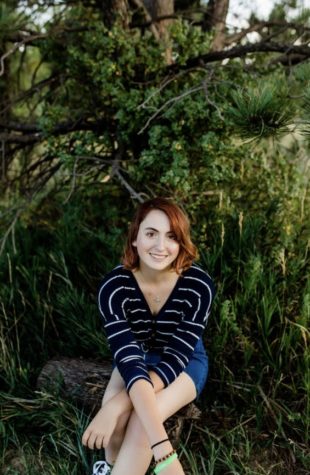
Eyo! I'm Kailey. This is my second year on the Jetstream Journal staff. I love writing and plan to study Journalism in college. I love classic rock and...



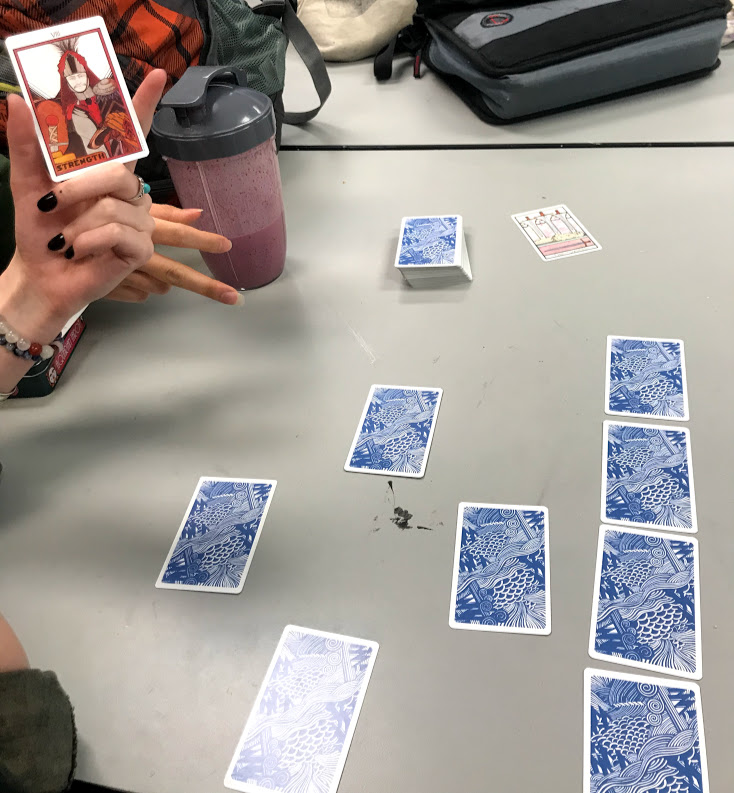
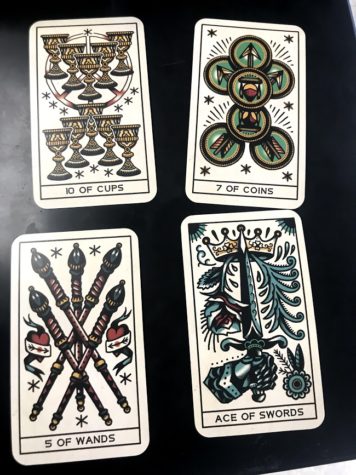
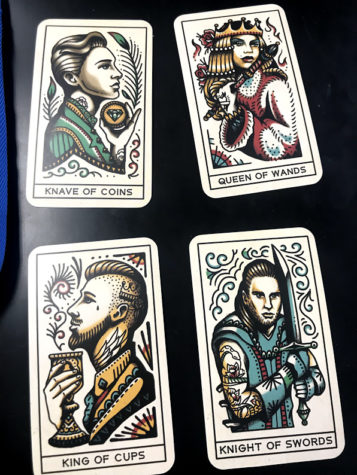
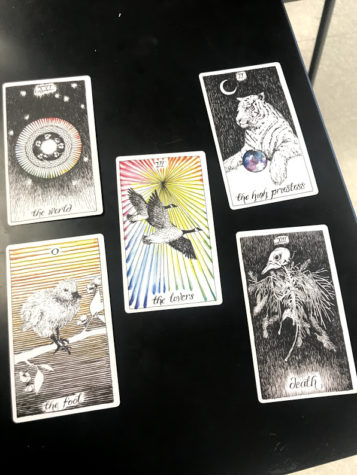
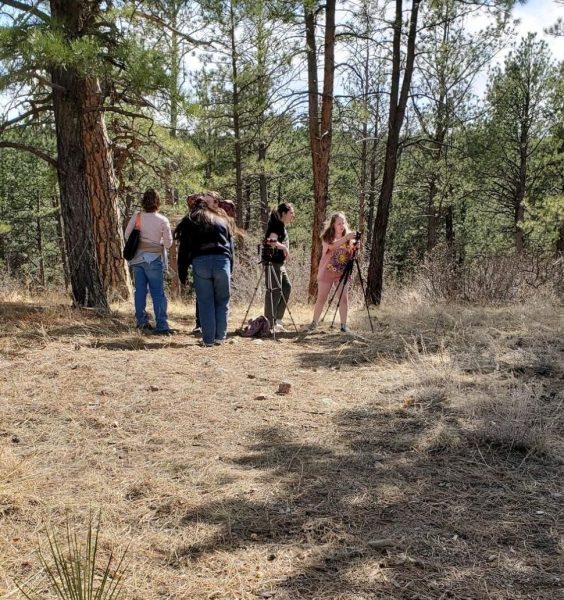
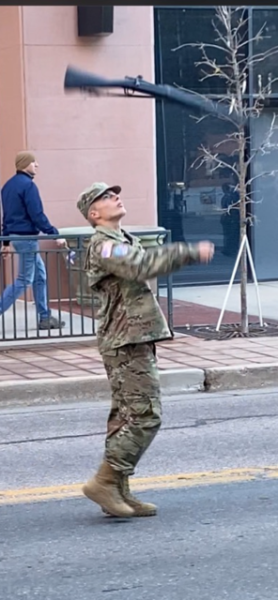
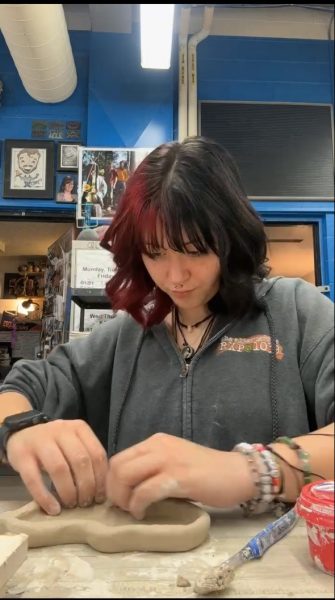

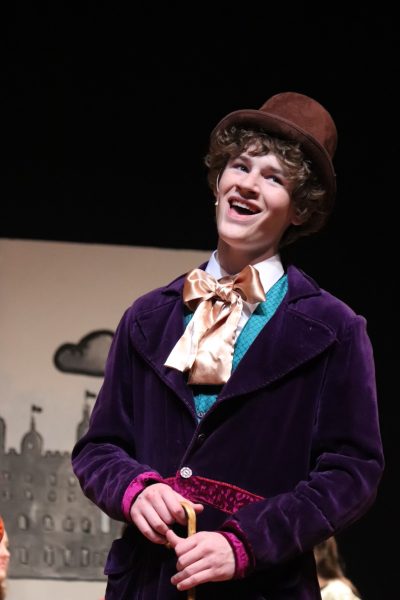
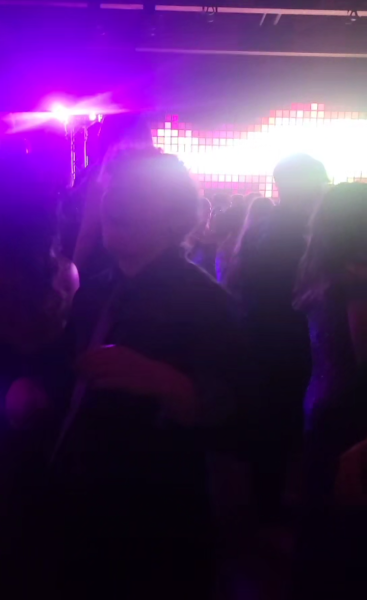


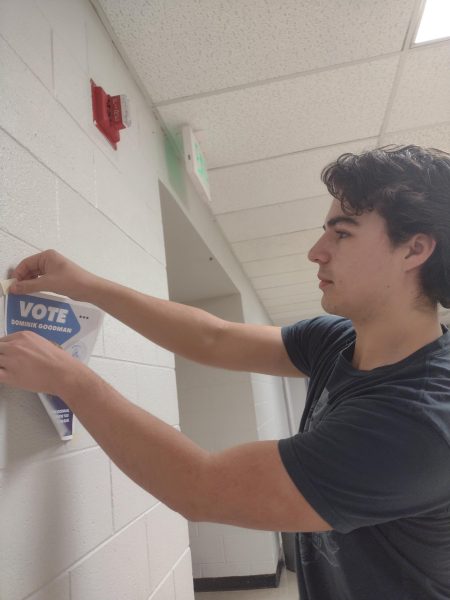

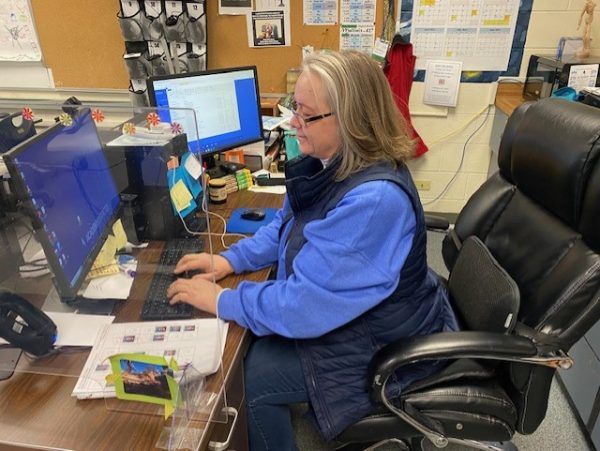

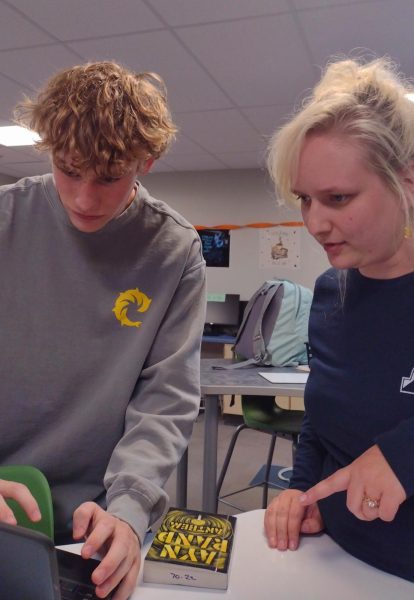

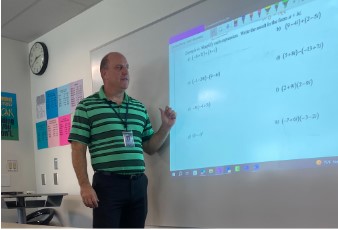
Tom Webber • Aug 2, 2023 at 6:28 am
The Tarot decks pictured in your article were beautiful.
Do you have an online store or affiliate link for people to purchase them?